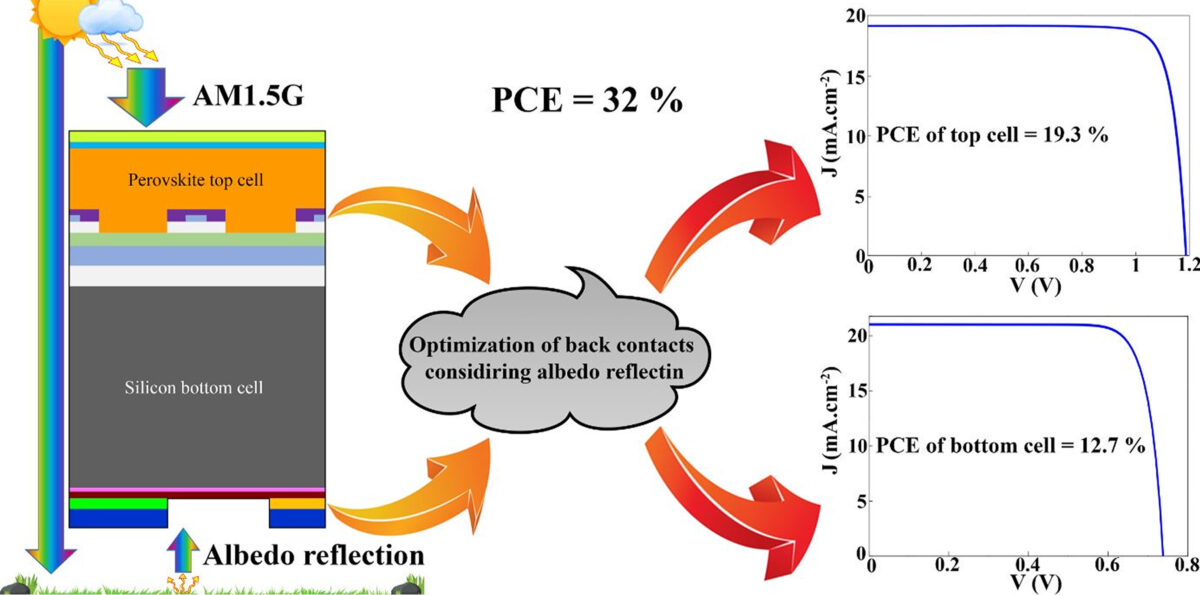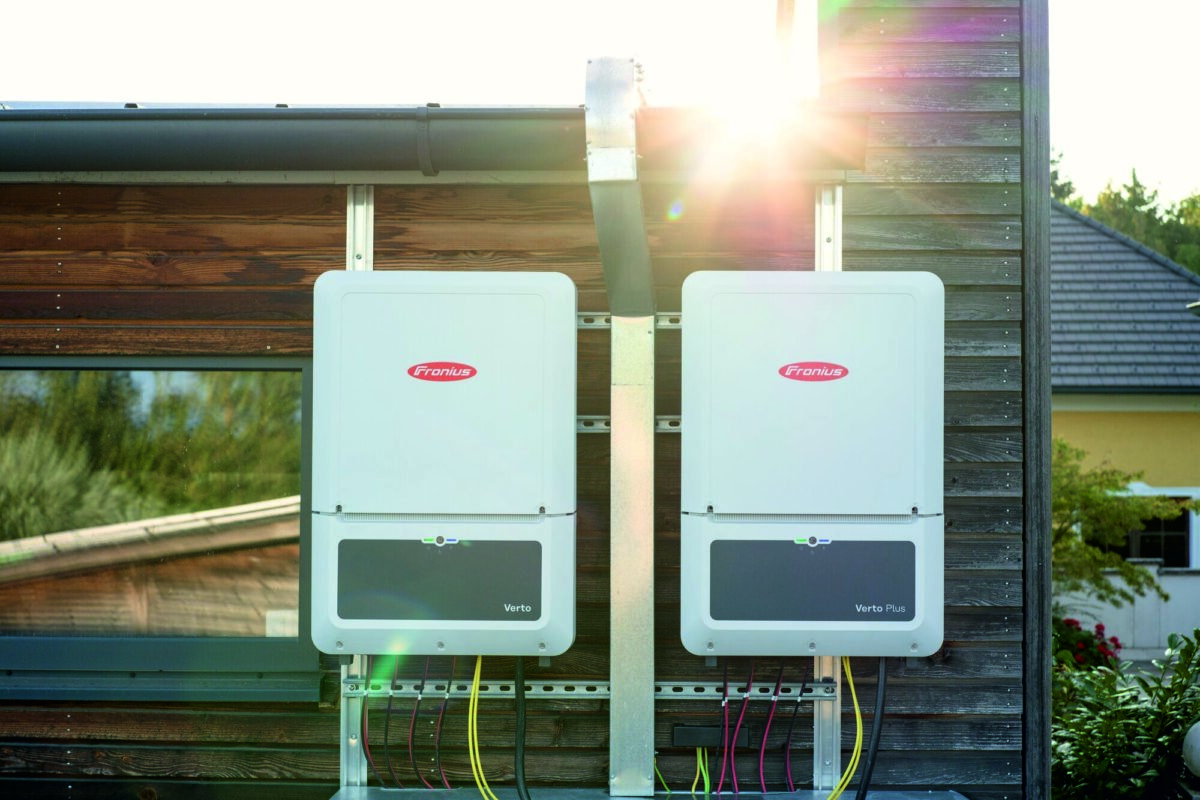Researchers at the University of Tabriz in Iran have investigated the possibility of developing a 4-terminal (4T) bifacial perovskite-silicon tandem solar cells in which interdigitated back contact (IBC) configurations are adopted for both the top and bottom cells.
“In our work, the simultaneous optical and electrical optimization of IBC has been carried out by the finite element method regarding the non-ideality factors of recombination and fabrication considerations,” the research's lead author, Amin Abbasiyan, told pv magazine. , noting that this is the first time that a bifacial perovskite-silicon solar cell with a conventional bottom heterojunction (HJT) device with IBCs is investigated.
“The optimized top cell’s IBC serves as a grating and improves the light-trapping mechanism in the perovskite top cell by introducing higher-order diffractions,” he went on to say. “It has been shown that the top cell’s IBC configuration provides higher photocurrent density in comparison with the planar configuration, also the electrical characteristics change has been discovered by the Electrochemical Impedance Spectroscopy analysis (EIS).”
The scientists also explained that the geometrical parameters of the bottom cell’s IBC have been optimized to have the best performance under the albedo reflection considering the snow, sandstones, dry grass, concrete, dark sand, and asphalt surfaces, with the optimization of the bottom cell’s IBC under the albedo reflection reportedly improving the photocurrent density and power conversion efficiency and compensating needs of texture surfaces which facilitates the fabrication of the solution-based perovskite layer deposition on the top surface of the HJT bottom cell.
The group designed the top perovskite cell with a substrate made of indium tin oxide (ITO), an electron transport layer (ETL) made of tin oxide (SnO2), a perovskite absorber, and a hole transport layer (HTL) made of nickel(II) oxide (NiOx) and an anti-reflecting coating doped with lithium fluoride (LiF).
A transparent conductive oxide (TCO) layer serves as the top cell’s electrode that passes the light from the top cell into the bottom one and a 150 nm thick tin oxide (SnO2) layer is located at the interfaces of two sub-cells and top cell’s electrode to prevent electrical connections.
The simulations showed that, under average albedo reflection, the bottom cell can achieve a power conversion efficiency of 19.3% and the top cell of 12.7%, with the tandem device reaching an overall efficiency of up to 32%.
“The is the highest reported PCE for the 4T bifacial perovskite-silicon tandem solar cell, so far to the authors’ knowledge,” Abbasiyan said.
The proposed tandem cell configuration is also claimed to avoid the tpyical instability factors for the perovskite layer, which is highly susceptible to contact deposition and thermal effects.
The cell concept was described in “Back contact optimization of both sub-cells in bifacial perovskite/silicon tandem solar cell,” published in Renewable Energy.
This content is protected by copyright and may not be reused. If you want to cooperate with us and would like to reuse some of our content, please contact: editors@pv-magazine.com.




By submitting this form you agree to pv magazine using your data for the purposes of publishing your comment.
Your personal data will only be disclosed or otherwise transmitted to third parties for the purposes of spam filtering or if this is necessary for technical maintenance of the website. Any other transfer to third parties will not take place unless this is justified on the basis of applicable data protection regulations or if pv magazine is legally obliged to do so.
You may revoke this consent at any time with effect for the future, in which case your personal data will be deleted immediately. Otherwise, your data will be deleted if pv magazine has processed your request or the purpose of data storage is fulfilled.
Further information on data privacy can be found in our Data Protection Policy.